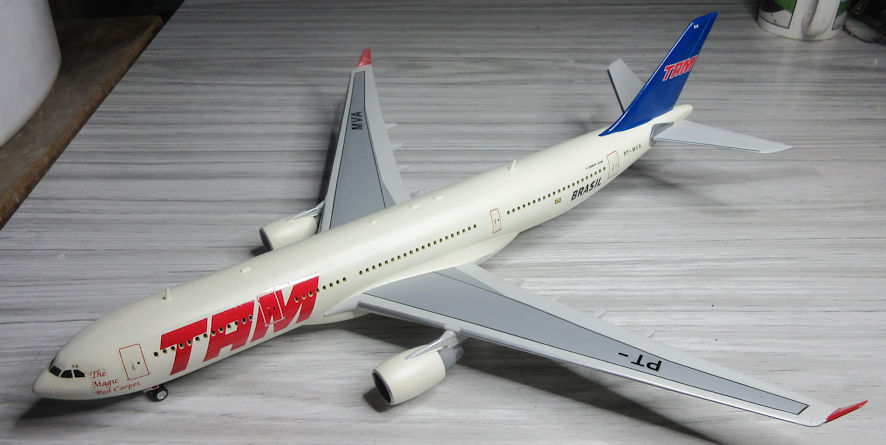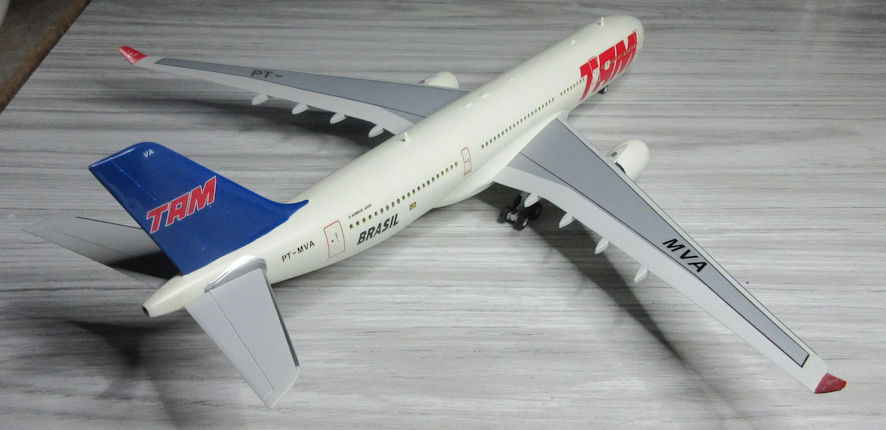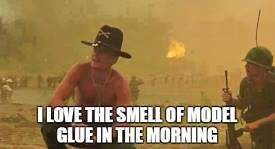

F-RSIN make some beautiful little resin airliner models and this is one of them. The deHavilland DH-91 was a late pre-war design and only flew in service for Imperial Airways for a year before the Second World War over took it. Only seven were made and five of those were either destroyed by enemy action or in accidents. When it was discovered that the final accident was caused by failure of the wooden construction the other two were grounded and scrapped. A pity. This is a simple little kit but has to be put together carefully. It also lacks any of the exhaust pipes the original aeroplane had so I had to scratch build them. I experimented with AK Xtreme Metal’s paint for this one and was only later reminded that it is an enamel and not as tough as a lacquer paint. As a result it suffered from handling during applying the decals, though you can’t really see the damage in these photos.

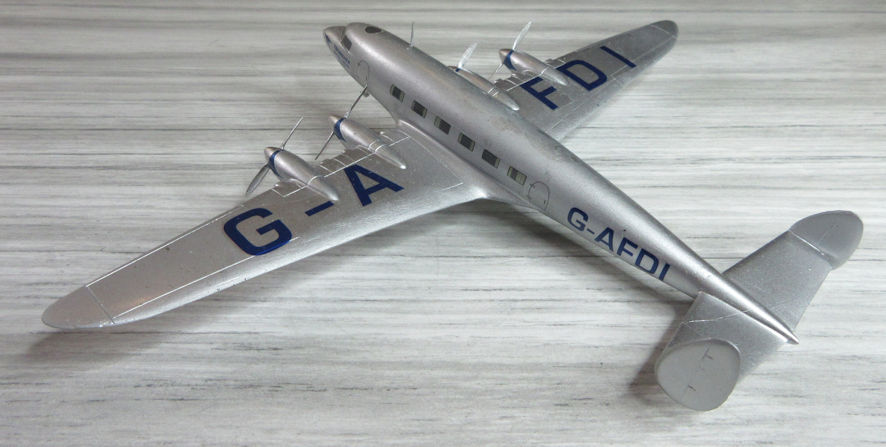
This little Fokker 70 was made by cutting plugs out of a Revell kit of the Fokker 100 to reduce it to the appropriate length. It was a trial by ordeal that I’ve written about separately. The decals come from Ric Warcup and, although they are designed for the Revell Fokker 100, are mostly useable for the Fokker 70.
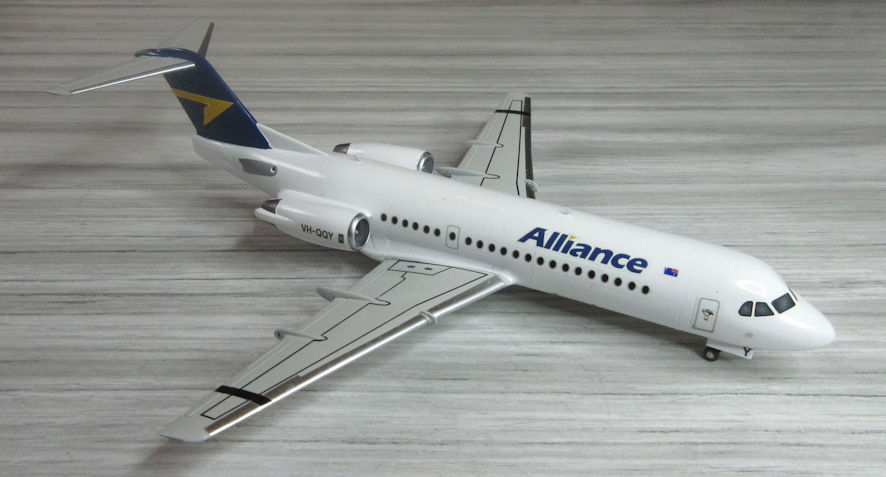
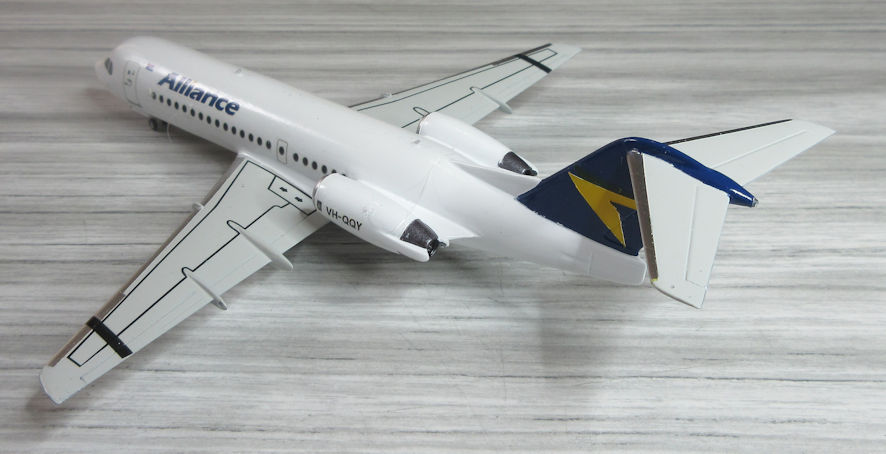
Here are two models of Airbus’s A.321, a stretched version of the Airbus A.320, made from thr Revell kit. Somehow, in my scrounging around at Swap and Sells I ended up with two A.321's when one would have been sufficient for my purposes. The decals for both these models are from F-DCLS, the same people who produce the F-RSIN kits, and they are very high quality that I would recommend to anyone. The only warning is that I always apply a light coat of gloss clear varnish over all the decals I use and on this occasion it effected the red which blurred a little. Not the other colours, but this could be a problem in using these decals, so proceed carefully.
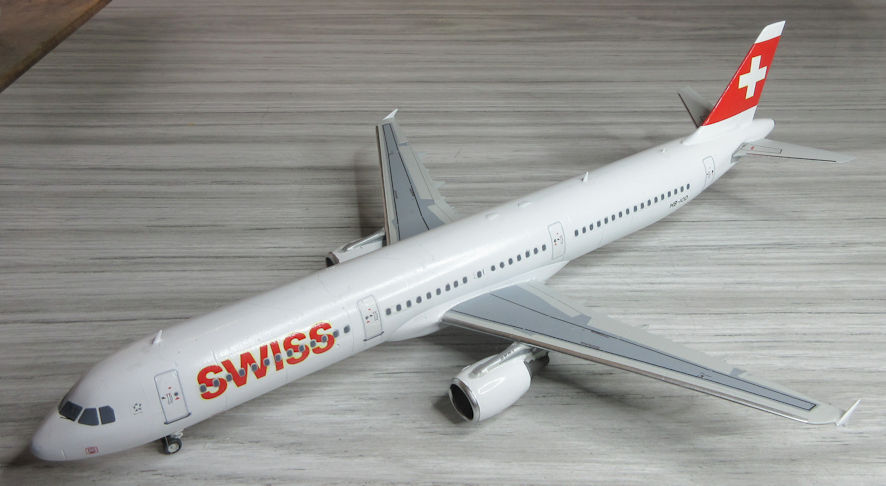
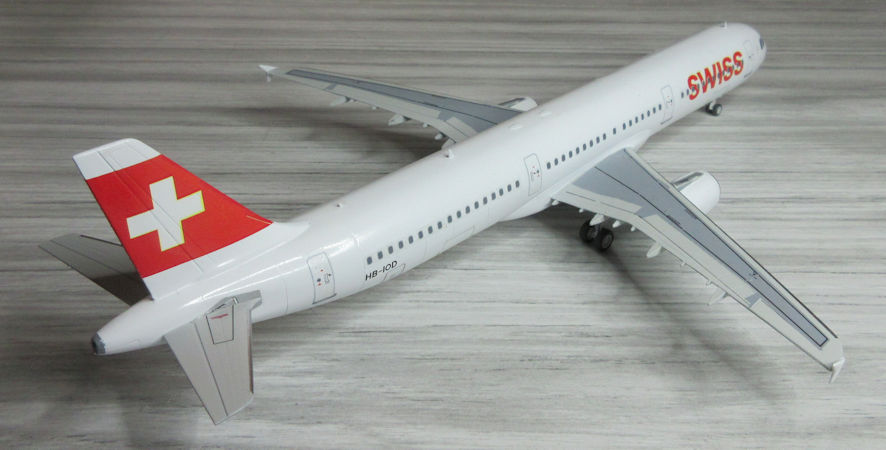

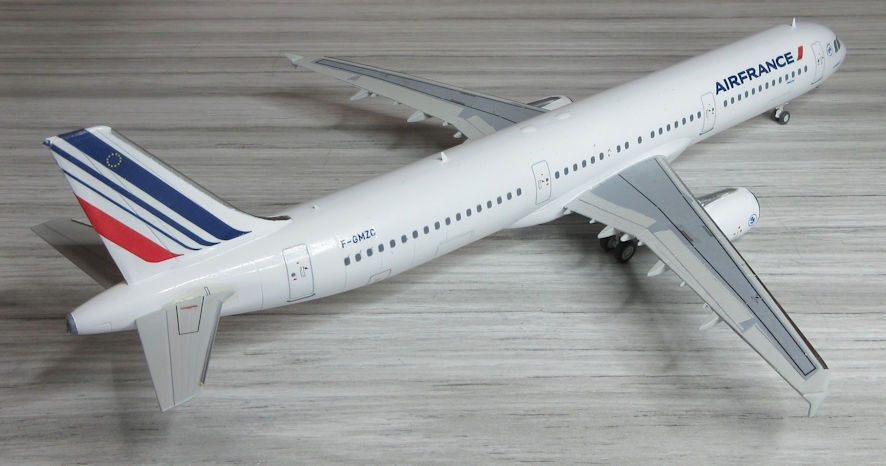
Finally, another Revell 1/144 Airbus A.320, this time in the early livery flown by Air New Zealand before they moved over to the newer black and white schemes. The decals are from Oldmodels, a New Zealand company.
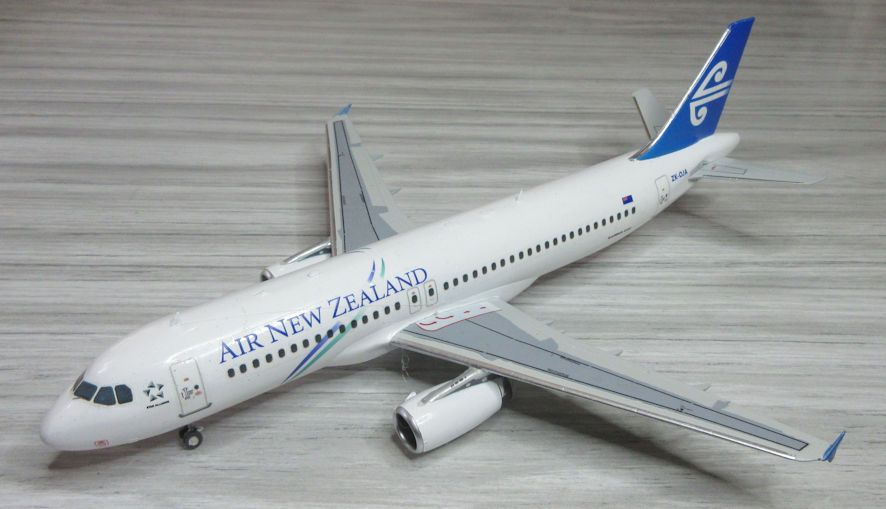

Since I usually finish with something I made earlier, here it is.
This is a Revell 1/144 Airbus A.330-300 kit converted to an A.330-200 by removing fuselage plugs before and after the wings, much as I did for the Fokker 70 this time. I made this model in 2003 which was about when I began trying to make models of airliners. I had a few things to learn here; the first one is that white enamel paint yellows over time, which is why I now use lacquers which don’t appear to suffer from this problem. For some reason I don’t understand the white on this model is matt rather than gloss, perhaps I only had matt paint on hand at the time or perhaps something has happened to the paint between then and now. With this one I also filled the windows with white glue to simulate the appearance of windows, which I don’t really think works in 1/144. There are several other problems of technique that I have, hopefully, improved over time. When I’ve finished making all the A.320s I’m currently planning I’ll move on to some more A.330s which will, I hope, be an improvement on this one. I will keep this one as it is, however, as a reminder that even my model making improves over time, a little at least.
